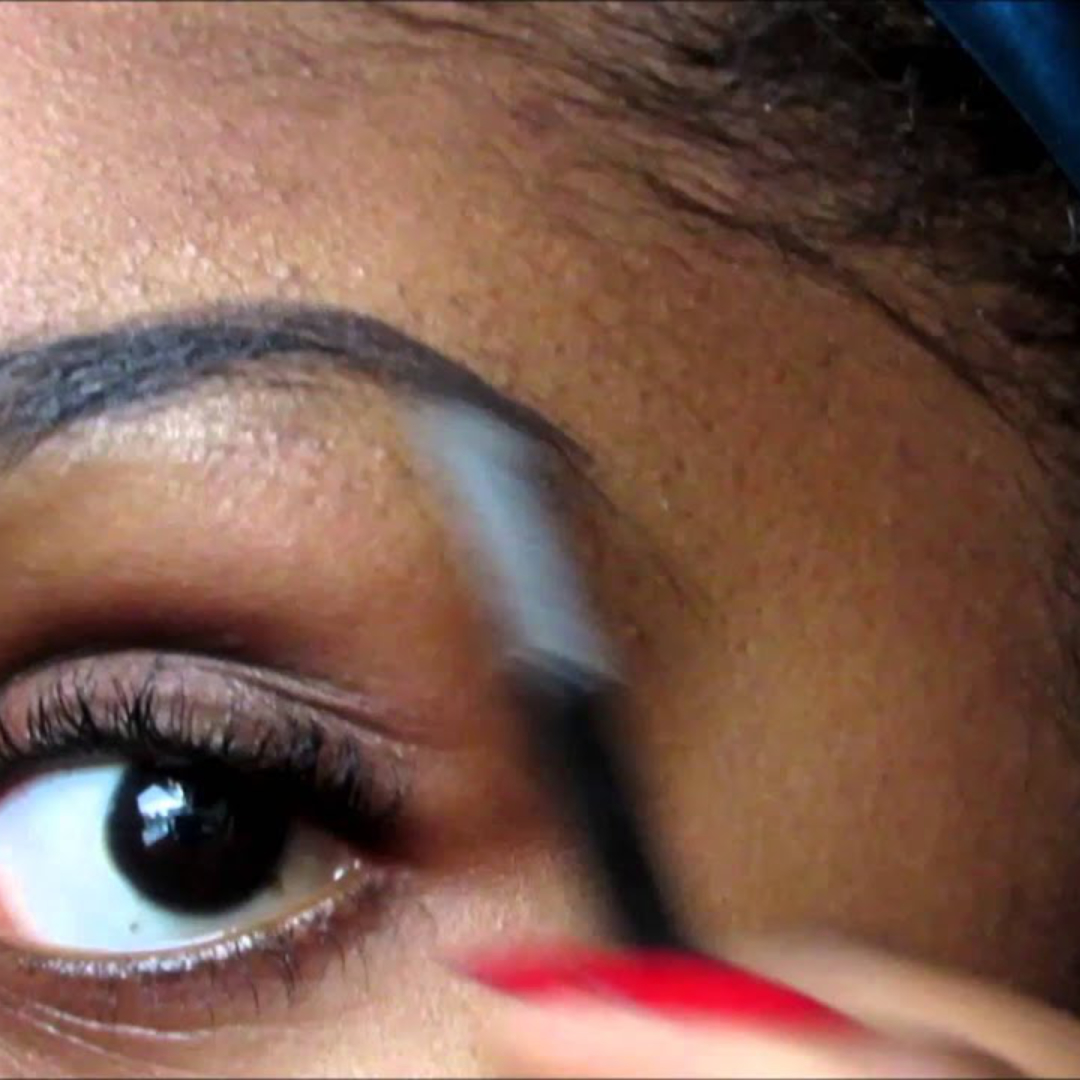Frostbite is a serious condition that occurs when the skin and underlying tissues freeze due to exposure to cold temperatures or contact with cold objects. Frostbite can cause permanent damage to the affected areas, and in severe cases, lead to amputation. In this blog post, we will explain how fast you can get frostbite, what are the signs and symptoms, how to prevent and treat it, and answer some frequently asked questions.
How Fast Can You Get Frostbite?
The speed at which you can get frostbite depends on several factors, such as the air temperature, the wind speed, the humidity, the clothing you wear, and your health condition. The colder the air and the faster the wind, the shorter the time it takes for frostbite to set in. For example, according to a chart created by Adam Crahen using National Weather Service data, you can get frostbite in:
- 30 minutes when the air temperature is 0°F (-18°C) and the wind speed is 15 mph (24 km/h)
- 10 minutes when the air temperature is -10°F (-23°C) and the wind speed is 25 mph (40 km/h)
- 5 minutes when the air temperature is -20°F (-29°C) and the wind speed is 35 mph (56 km/h)
However, these are only rough estimates, and frostbite can occur faster or slower depending on other factors. For instance, if your skin is wet, you are more likely to get frostbite faster. If you have a medical condition that affects your blood circulation, such as diabetes or cardiovascular disease, you are also more prone to frostbite. Additionally, some parts of your body, such as your fingers, toes, nose, ears, cheeks, and chin, are more vulnerable to frostbite than others.
What Are the Signs and Symptoms of Frostbite?
Frostbite occurs in several stages, each with different signs and symptoms. The stages are:
- Frostnip. This is the mildest form of frostbite, and it does not cause permanent damage to the skin. The symptoms include cold, numb, and pale skin, pins and needles, and decreased sensation to touch. As your skin warms, you may feel pain and tingling.
- Superficial frostbite. This is a more serious form of frostbite, and it affects the outer layer of the skin. The symptoms include skin that looks red, white, bluish-white, grayish-yellow, or purplish, depending on the severity and your usual skin color. The skin may also feel warm, hard, or waxy, and you may experience stinging, burning, and swelling. A fluid-filled blister may appear 12 to 36 hours after rewarming the skin.
- Deep (severe) frostbite. This is the most severe form of frostbite, and it affects all layers of the skin as well as the tissues that lie below, such as the muscles, nerves, and bones. The symptoms include skin that turns black and hard, loss of all sensation of cold, pain, or discomfort, and joint or muscle stiffness. Large blisters form 24 to 48 hours after rewarming the skin, and the tissue may die and require amputation.
It is important to note that you may not realize you have frostbite until someone else points it out, or until you see the changes in your skin color. This is because the numbness caused by frostbite can mask the pain and discomfort. Also, the changes in the skin color may be difficult to see on brown or Black skin, so you should pay attention to other signs and symptoms.
How to Prevent Frostbite?
The best way to prevent frostbite is to limit your time outdoors during cold weather, and to dress appropriately for the conditions. Here are some tips to prevent frostbite:
- Wear warm clothing that covers as much of your skin as possible, such as a hat, scarf, gloves, mittens, socks, boots, and layers of clothing. Make sure your clothing is not too tight, as it can reduce blood flow to your extremities.
- Avoid alcohol and drugs when going outdoors, as they can impair your judgment, make you feel warmer than you are, and interfere with your body’s ability to regulate its temperature.
- Stay hydrated and eat a well-balanced diet, as dehydration and malnutrition can increase your risk of frostbite.
- Check the weather forecast and the wind chill factor before going outside, and avoid going out when the temperature or the wind speed is too low.
- Seek shelter if you feel cold, tired, or wet, or if you notice any signs of frostbite on your skin.
- Keep moving your fingers, toes, and other body parts that are prone to frostbite, as this can help improve blood circulation and prevent freezing.
How to Treat Frostbite?
If you suspect you have frostbite, you should seek medical attention as soon as possible, as frostbite can cause serious complications if left untreated. However, before you get to a doctor, you can take some self-care measures to prevent further damage to your skin and tissues. Here are some steps to treat frostbite:
- Move to a warm place and remove any wet or tight clothing or jewelry that may restrict blood flow to the affected area.
- Use your body heat to warm the affected area, such as by tucking your fingers under your armpits, or placing your hands on your chest or abdomen. Do not rub or massage the area, as this can cause more damage to the frozen tissue.
- If possible, immerse the affected area in warm (not hot) water, or apply warm (not hot) cloths to the area, for 15 to 30 minutes, or until the skin feels soft and sensation returns. Do not use direct heat, such as a heating pad, a fireplace, or a radiator, as this can burn your skin or cause uneven rewarming.
- Do not walk on frostbitten feet or toes, unless it is necessary to get to a safe place, as this can cause more damage to the tissue.
- Do not pop or drain any blisters that form on the skin, as this can increase the risk of infection and delay healing.
- Apply a sterile dressing to the affected area, and separate the fingers or toes with cotton or gauze. Elevate the affected area if possible, to reduce swelling and pain.
- Take over-the-counter pain relievers, such as ibuprofen, to ease the pain and inflammation.
- Seek medical attention as soon as possible, as you may need further treatment, such as antibiotics, anticoagulants, intravenous fluids, oxygen therapy, or surgery, depending on the severity of your frostbite.
Frequently Asked Questions
Here are some common questions and answers about frostbite:
- Q: Can frostbite be cured?
- A: Frostbite can be cured if it is treated promptly and properly. However, some cases of frostbite may result in permanent damage to the skin, nerves, muscles, or bones, and may require amputation. Even if frostbite is cured, you may experience some long-term effects, such as increased sensitivity to cold, numbness, tingling, or chronic pain in the affected area.
- Q: Can frostbite affect animals?
- A: Yes, frostbite can affect animals, especially those that have thin fur, short hair, or exposed skin, such as cats, dogs, horses, or livestock. You should protect your pets and animals from frostbite by providing them with adequate shelter, food, and water, and by limiting their time outdoors during cold weather. If you notice any signs of frostbite on your animals, such as pale, cold, or hard skin, or blisters, you should contact your veterinarian immediately.
- Q: Can frostbite cause gangrene?
- A: Yes, frostbite can cause gangrene, which is a serious condition that occurs when the tissue dies due to lack of blood supply and oxygen. Gangrene can lead to infection, sepsis, and death, if not treated promptly. The signs of gangrene include black, brown, or green skin, foul-smelling discharge, fever, and severe pain. If you suspect you have gangrene, you should seek emergency medical care as soon as possible.
I hope this blog post was helpful and informative for you. If you have any feedback or questions, please let me know.

 By
Beauty Adams
By
Beauty Adams




